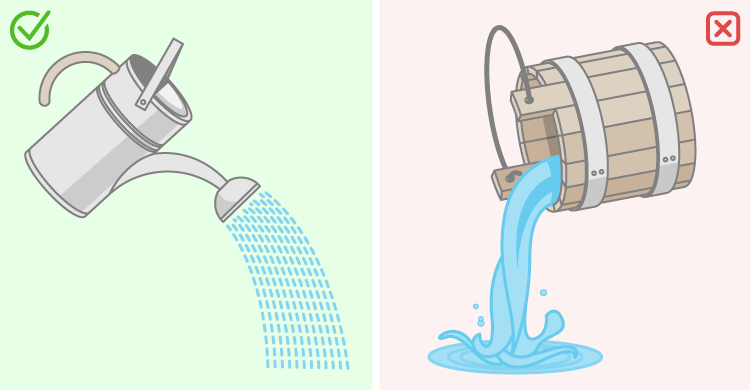As a new mathematics teacher at Centennial High School, I quickly learned it was important to ask students who their teacher had been the previous year. Teachers in algebra “made it through” any chapter between 6 and 12. I had to somehow corral my geometry students, determine what had been actually learned, and guide them through the outcomes of the course. Not surprisingly, only 39 percent of the students were passing the state assessment in mathematics. Every department had similar results. We were in need of the PLC process.
In 2007, our principal convened a leadership team, and we attended the PLC at Work™ Institute in Seattle. We left invigorated and inspired to make a difference in the lives of all students. That same school year, I made the transition from classroom teacher to instructional coach as we began our PLC journey.
With a focus on student learning, collaboration, and results, I worked to support teams and facilitate building shared knowledge. After creating a mission, vision, collective agreements, and SMART goals, we worked together to determine how to answer the four critical PLC questions. We rushed to make PLC teams for every course, meaning teachers were sometimes on three PLC teams, and in each team they created learning targets and common assessments for units. After being pushed to calibrate scoring, analyze data, and respond to the data, some teachers finally pushed back. The Mathematics Department chair said, “Enough! We are trying, but we cannot do it all—we are overwhelmed.”
The goal was to improve student achievement—not overwhelm teachers. What had gone wrong?
By then, it was December, and the next weekend my family cut down a Christmas tree at a local tree farm. Monday arrived, and I was late for work with my two young sons in tow. I needed to water the tree, and the only vessel available was a Pyrex pitcher with a small spout. I hurriedly filled the container, dove under the tree, and poured too quickly. Water splashed in every direction. Irritated, I filled the container again, dove under the tree, and forced myself to slowly pour the water into the tree stand. Clarity struck.
This is what I had been doing with teachers! Splashing information and trying to do everything at once instead of stepping back and determining how to guide the work in a systematic way that would empower teachers through action and success and create sustainability.
Everything was not perfect from that point forward, but we did work to first answer questions one and two and then stretched ourselves to answer questions three and four, tweaking unit plans and common assessments the following year. We also restructured teaching assignments and decided as a department that every teacher would teach one lower-level course and one upper-level course. We devoted our late-start Wednesdays to making lower-level courses more clear and efficient, then moved to upper-level courses. This was all supported by the administration, but determined through the teachers themselves.
What are your next steps? How do you keep the water in the pitcher continually moving into the tree stand without splashing initiatives and activities everywhere? Establishing a PLC culture is not easy work—but it is worth the effort when we can celebrate student and teacher learning. Centennial had 78 percent of students proficient on the mathematics state assessment last year and is still working to improve. You?
[author_bio id=”354″]






